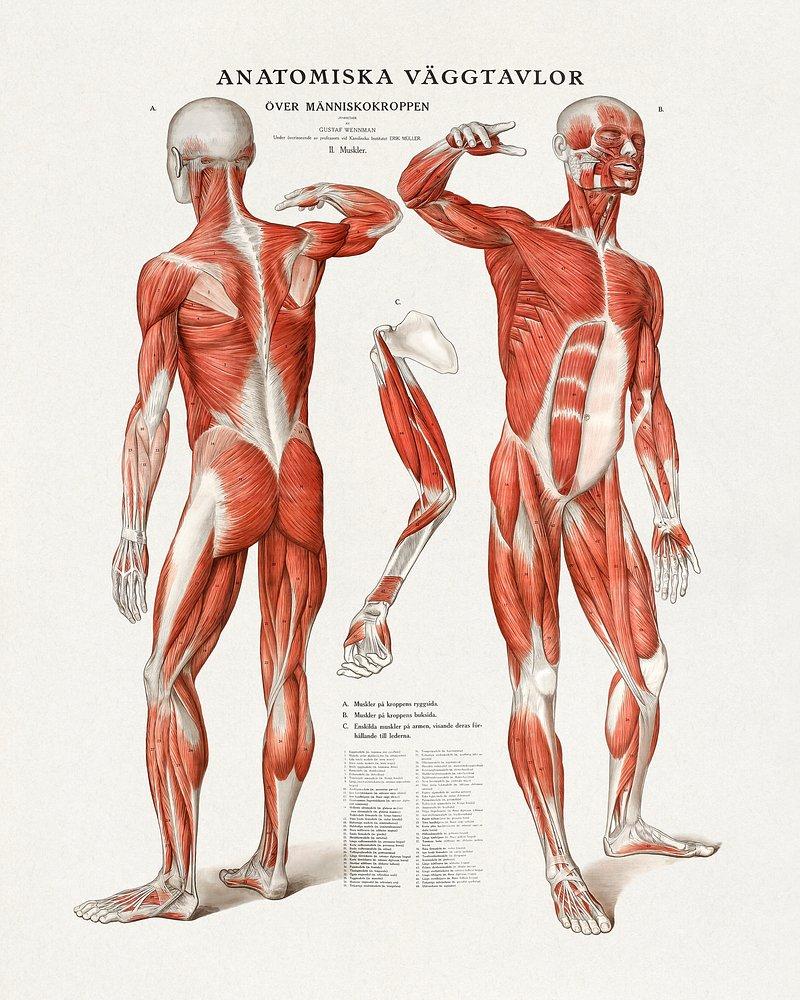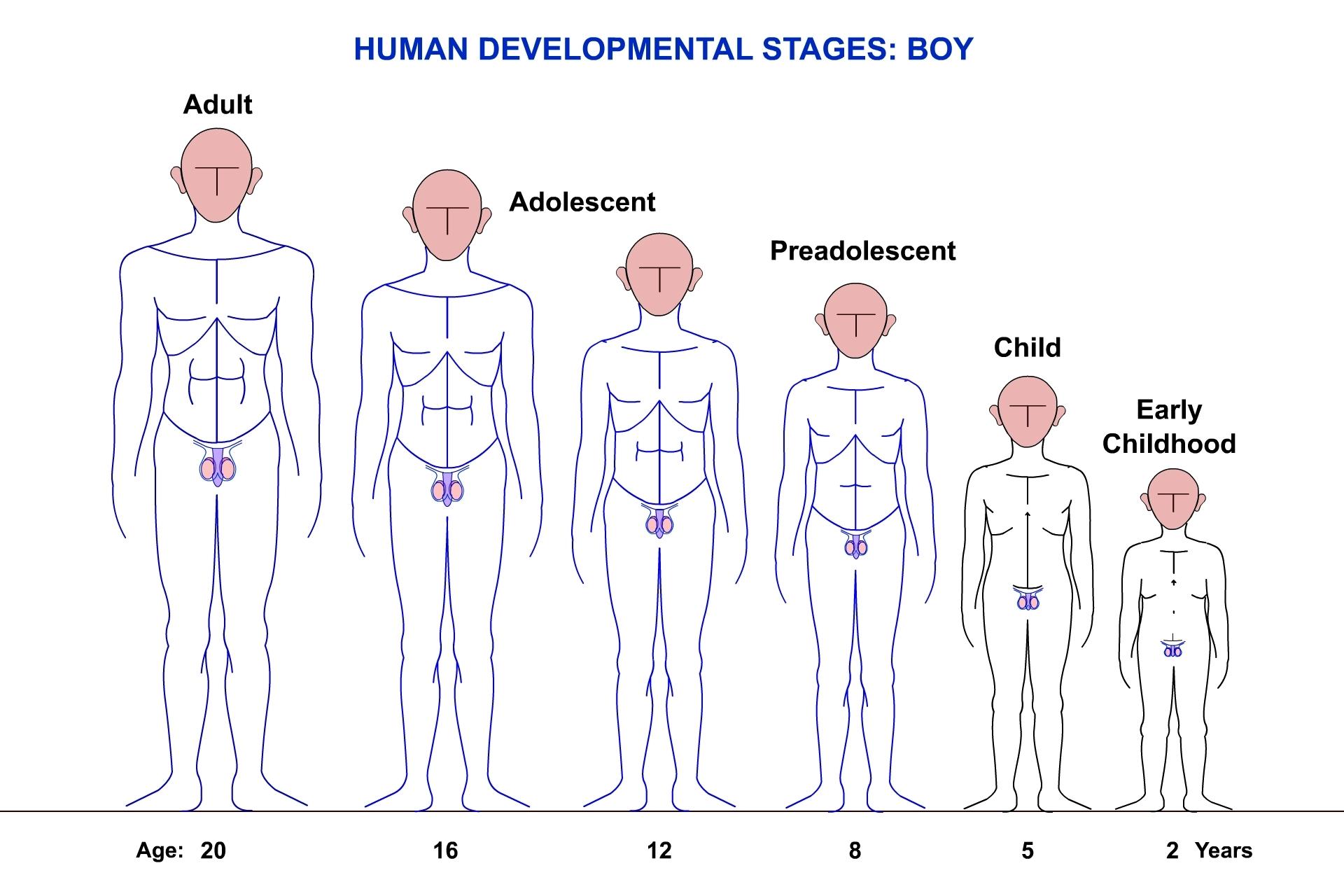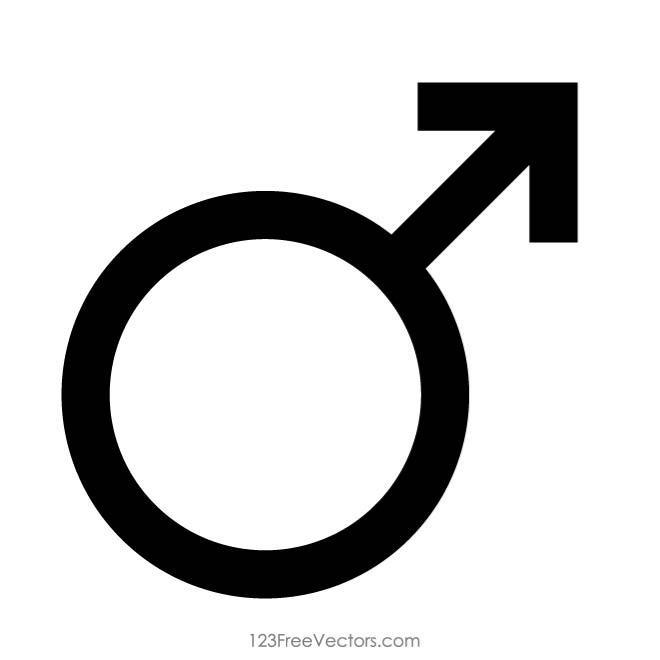Imagine a realm where the dance of power is mesmerizingly choreographed, an allegory that basks in the brilliance of male ascendancy. Step into the enigmatic world that transcends boundaries and unlocks the secrets of masculinity’s mystique. In this article, we embark on a journey to unravel the intricate layers of male dominance that have shrouded our societies for centuries. Through unbiased exploration, we will delve into the potent allegory that underpins the very essence of male ascendancy, deciphering its origins, implications, and the shifting tides that challenge its enigmatic grip. Brace yourself as we navigate the labyrinthine corridors of gender dynamics, seeking enlightenment along the way, and liberating ourselves from the confines of age-old assumptions. Prepare to be enlightened, challenged, and ultimately, to question the very foundations upon which male ascendancy stands.
Table of Contents
- The Power Paradigm: Deconstructing the Historical Significance of Male Ascendancy
- Unveiling the Mystique: Examining the Social Constructs Shaping Male Dominance
- Dispelling Gender Myths: Unraveling the Impact of Male Ascendancy on Women
- Charting a New Course: Strategies for Challenging and Overcoming Male Ascendancy
- Concluding Remarks

The Power Paradigm: Deconstructing the Historical Significance of Male Ascendancy
In society, the power paradigm has long been dominated by male ascendancy. However, it is essential to deconstruct this historical significance and challenge the deeply ingrained gender biases. By examining the roots of male ascendancy, we can better understand how it has shaped our world and influenced the dynamics between men and women throughout history.
One aspect to consider is the historical context that led to male ascendancy. From ancient civilizations to present-day societies, cultural norms and patriarchal systems have perpetuated the idea of male superiority. These norms have influenced various spheres of life, including politics, education, and the workforce. The list below sheds light on specific areas where male ascendancy has held sway:
- Political leadership and governance
- Economic decision-making positions
- Access to education and intellectual pursuits
- Religious hierarchies and spiritual authority
Examining the impact of male ascendancy on these aspects reveals a complex web of gender inequality that persists to this day. It is crucial to challenge and dismantle these power structures in order to create a more equitable society. By fostering inclusivity and recognizing the potential for equal contribution from all genders, we can break free from the constraints imposed by historical male ascendancy and forge a new path towards a more balanced and just world for all.

Unveiling the Mystique: Examining the Social Constructs Shaping Male Dominance
In a world where gender roles and stereotypes often carry significant weight, it becomes crucial to peel back the layers of social constructs that contribute to the perpetuation of male dominance.
While often viewed as an inherent and unchangeable power dynamic, male dominance is, in fact, intricately woven into the fabric of society through a complex network of social constructs. These constructs shape and reinforce gender stereotypes, creating a system where men are systematically favored and granted privileges over their counterparts. By exploring these constructs and their hidden intricacies, we can gain a deeper understanding of the roots of male dominance and uncover the ways in which it perpetuates societal inequality.
Breaking down the constructs:
- Gender roles: From an early age, individuals are assigned specific roles based on their gender, which often reinforce the idea that men should be dominant, assertive, and in positions of power. This portrayal perpetuates the myth that dominance is a natural trait inherent in masculinity.
- Media influence: Popular culture, media, and advertising further propagate male dominance by perpetuating harmful stereotypes, objectifying women, and glorifying male dominance in various forms.
- Social conditioning: Society perpetuates the notion of male dominance through subtle conditioning, such as encouraging boys to be tough and discouraging them from displaying vulnerability or emotions.
By critically examining these social constructs and acknowledging their impact, we can challenge and redefine the norms that uphold male dominance. Only through this understanding can we pave the way for a more equitable society where gender does not define one’s worth or limit opportunities for growth.

Dispelling Gender Myths: Unraveling the Impact of Male Ascendancy on Women
Throughout history, the patriarchal structure of society has created a myriad of gender myths, perpetuating the belief in male ascendancy over women. It is crucial to debunk these myths, as they have far-reaching consequences on women’s lives, limiting their opportunities, and shaping their experiences. By examining the impact of male ascendancy on women, we can gain a deeper understanding of the systemic inequality that persists in our societies and empower ourselves to challenge these harmful narratives.
Myth 1 - Women are biologically inferior: One of the most prevalent gender myths perpetuated is the notion that women are biologically inferior to men, both physically and intellectually. However, this myth is not grounded in scientific evidence. Women possess unique strengths and abilities that should be acknowledged and celebrated. By dispelling this myth, we can pave the way for a society that values and respects the diverse contributions of all genders.
Myth 2 – Women’s roles are confined to domesticity: Another gender myth deeply ingrained in society is the belief that women’s roles are limited to the domestic sphere. This notion has confined women and limited their access to education, career opportunities, and leadership positions. It is crucial to challenge this myth and recognize that women are not bound by predetermined roles. By dismantling these gendered expectations, we can create a more inclusive society that allows women to fully explore their potential and contribute in all spheres of life.

Charting a New Course: Strategies for Challenging and Overcoming Male Ascendancy
In a world still grappling with entrenched gender inequalities, it is imperative for us to explore effective strategies to challenge and overcome male ascendancy. By adopting a multidimensional approach, we can redefine societal norms and create a more inclusive future. Here are some innovative tactics to pave the way for equality:
- Empowerment through Education: One of the keys to challenging male ascendancy lies in equipping women with knowledge and educational opportunities. By investing in girls’ education and promoting gender-sensitive curricula, we can dismantle traditional notions that hinder women’s progress.
- Fostering Male Allies: Real progress towards gender equality requires engaging male allies to actively support and amplify women’s voices. By encouraging men to critically reflect on their privilege and question societal norms, we can break down barriers and foster a more inclusive society for all genders.
With these strategies in focus, we can gradually shift the paradigm and diminish the dominance of male ascendancy. It is essential that we join forces, learn from one another’s experiences, and take bold steps to create a fairer and more equitable world, where everyone has the opportunity to thrive.
Concluding Remarks
As we draw the curtain on our exploration of “The Potent Allegory: Unveiling the Mystique of Male Ascendancy,” one cannot help but marvel at the intricate web of symbolism that has caged our collective understanding for centuries. In this esoteric realm where power dynamics converge, allegory reigns supreme as an unwavering mirror to society’s complex structures and innate biases.
We have dissected the enigmatic tapestry of male ascendancy, peeling back layers of myth, history, and culture. Through the tormented figures of literature, the hallowed canvases of art, and the relentless march of time, we have endeavored to decipher the codes that underpin the mystique surrounding masculinity’s grip on power.
It is within this intellectual odyssey that we have confronted both the undeniable truths and the uncomfortable shadows that lurk beneath the surface. We have come face to face with the indomitable presence of patriarchal systems, their weight bearing heavy upon the shoulders of both men and women alike. But we have also found solace in the delicate nuances that delicately question, prod, and push these entrenched beliefs, fostering a dialogue towards a more equitable future.
Through the lens of creativity, we have navigated the terrain where society’s perception of dominance and submission intertwine. It is in this space that we have discovered a multitude of perspectives, each vying for its place within the grand narrative of human existence.
And so, as we prepare to depart from this intricate labyrinth of male ascendancy, we do so with a renewed commitment to unmasking the mysteries that shroud gendered power dynamics. We embrace the responsibility to unburden the archaic notions that hinder our collective progress, as we aspire to build a world where both men and women can flourish unburdened by the shackles of inequality.
For it is only by recognizing the complex layers of allegory, by peeling back the veils that distort reality, that we can begin to foster a more empathetic society. A society that acknowledges the potency of allegory as a catalyst for change, a springboard for conversations that disrupt the status quo and propel us towards a world that transcends the confines of masculine ascendancy.
With the understanding that knowledge is the key that unlocks the door to transformation, let us venture forth with open minds and open hearts. May this pursuit empower us as individuals and as a society, enabling us to redefine, reimagine, and ultimately reconstruct the narratives that govern our existence.
And so, dear reader, as we bid farewell to this journey through the potent allegory of male ascendancy, let us actively engage with the profound revelations unveiled within these pages. For it is in our hands, within our collective consciousness, that lies the power to reshape the mystique of male ascendancy, and forge a future that embraces the beauty of diversity, equality, and genuine liberation.










